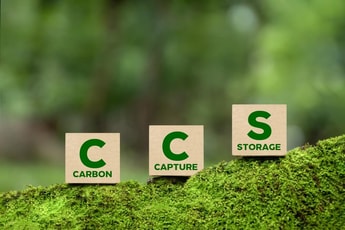Europe has a big task on its hands to deliver carbon capture and storage, with transport a key challenge. Here’s a look at the state of play.
What is the status of CO2 capture, transportation and storage (CCTS) in Europe today?
Transportation is the missing link at present. Geological storage schemes are coming onstream. But the importance of infrastructure development in pipelines, port terminals, shipping and rail to move the CO2 from emitters to sequestration sites is still severely underappreciated.
What will the mix of infrastructure components required for transporting and storing CO2 look like in Europe?
A supercritical CO2 pipeline network will be best – and cheapest for overland. However, there are no common standards for required CO2 purity or pipeline pressure. So that means the convergence of various pipelines and pipeline networks in the future may be difficult. Shared infrastructure is essential and will require a harmonised and a shared vision across continental Europe, which we do not yet have.Between now and when any pipeline network is available, rail transportation of liquid CO2 will be needed. The question then is what happens to rail tanker assets when a route receives a pipeline. Will they be cascaded to another route? This investment in rail cars is a 20-year commitment. Whoever funds that will want to know there is cashflow security for the whole period.Shipping of liquid CO2 is appropriate and cost-effective for non-overland routes but it requires the development of shared terminals (CO2 and hydrogen) and a much higher degree of standardisation on the purity, temperature and pressure of the liquid hydrogen that will be shipped. Without this, shared infrastructure such as terminals and geological storage sites will not work.
... to continue reading you must be subscribed







